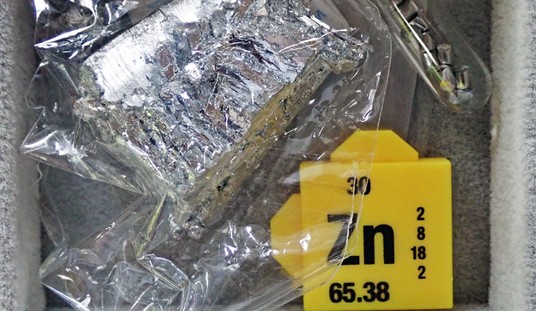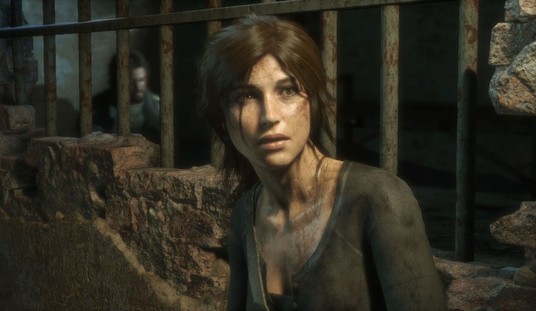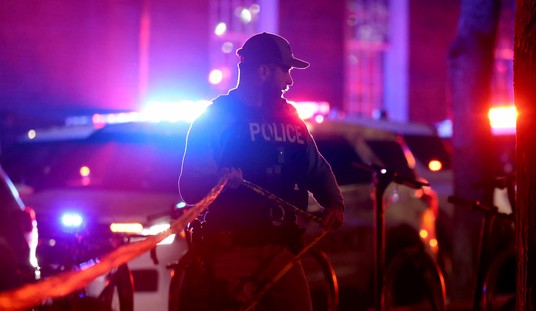Last night, here in our Susitna Valley homestead, we went to bed after looking outside to see a few flakes of white drifting down, shining in light from the window as they fell silently, softly out of the dark. This morning we got up to find the first snowfall. It was only about an inch, and we will yet have a few sunny days with temps nearing 40 this coming week, so this first snow won't last.
But it's still our first snow of the year, those first white whispers of a winter yet to come. Soon the snow will start to fall in earnest, and by the time March and April roll around, we'll be measuring it in feet. Soon, to employ a metaphor I'm fond of, Alaska will pull a blanket of white over itself and sleep until spring.
Oh, not everything in the Great Land sleeps. The bears are denned up in their hideaways, yes, sleeping the winter away. But the moose are out and about, looking for whatever they can find for forage. They are built for deep snow; just look at their legs. But they prefer to avoid it where they can, which is why they show a distinct preference for hanging around our plowed driveway and parking area and browsing on our favorite landscaping. The snowshoe hares and the weasels are putting on their white coats, and soon, when we see them running over the snow, all we will see will be black eyes and the black tips on the tails of the weasels. While the ptarmigan change to white plumage for winter, down here in the valley, the spruce grouse don't change, nor do the chickadees, nuthatches, and redpolls that visit our feeders - or the great gray owl and the sharp-shinned hawk that sometimes hang around, looking for an easy meal.
I grew up with winters. In northeast Iowa, like Alaska, we sometimes had snow measured in feet, although the extreme hours of light and dark didn't occur. Moving the snow wasn't too onerous a chore, as the Old Man had a tractor with a grader blade and a hydraulic bucket on the front. Temperatures could sink into the depths, though. A farmer much of his life, Dad lived by the weather forecasts, and kept a very good indoor-outdoor thermometer, which I remember one morning reading 18 below zero. School was closed that day due to the cold, so of course, I called a couple of buddies and we went out shooting pheasants. We were fine, and our parents didn't worry; we had grown up with the winters and knew how to dress for the cold.
That's one of the best things about winter - feeling proofed against it. Alaskan winters are not to be taken lightly. We've seen feet of snow fall overnight, and at times a low-pressure system will park itself over Cook Inlet or the Gulf of Alaska and suck Arctic air down from the interior, and we have seen temperatures drop to 32 below. Again, it's just a matter of knowing how to deal with it. We have a full tank of heating oil, two and a half cords of firewood put away, and our house is well-insulated. The house I grew up in was likewise warm, and Dad burned a lot of firewood; it kept him strong, too. His last year on the place, he cut, split, and stacked five cords of firewood by himself - and he was 85.
It's a great feeling to stand in a warm house, looking out at the snow falling. It's a great feeling to be in a warm bed, knowing that outside in the dark woods, the chickadees are puffed up, crouched down to keep their feet close under their feathered bellies, waiting for morning to start their frantic feeding to keep their metabolic furnaces stoked up. I never was able to figure out how a one-ounce bit of fluff like that could survive even one night of our sub-Arctic winters, but survive they do, to hit the suet feeder in the morning, to keep their internal fires burning.
It's also a great feeling to be outside in the cold, so long as you're dressed for it. Some of those clear, crisp mornings, when I bundle up to walk over to the office, knowing the sun may not be up for four hours yet - then to look up at the sky, to see the billions of ice-chip stars in that impossible vast expanse, to listen to the incredible stillness, and maybe see the greens, blues and purples of the auroras, whipping and flickering overhead.
Work, of course, drives me into the office, where I turn on the lights, sit at my desk, and start looking at the events of the day. It's tempting to stay outdoors, but I'm reminded of Robert Frost's words, when the subject of his poem "Stopping by Woods on a Snowy Evening" is likewise tempted:
The woods are lovely, dark and deep,
But I have promises to keep,
And miles to go before I sleep,
And miles to go before I sleep.
Humans tend to think in linear terms. But the earth doesn't have many straight lines. It does have a lot of circles, though. And that may be the best thing about winter: For all its challenges, for all its beauty, for all that we love the white snow and dark skies, we always know that, inevitably, surely, the spring will follow. The bears will wake up, the ferns will sprout, the wildflowers will burst into a riot of color, and the moose will start dropping calves.
And thus the wheel turns, for another year.















